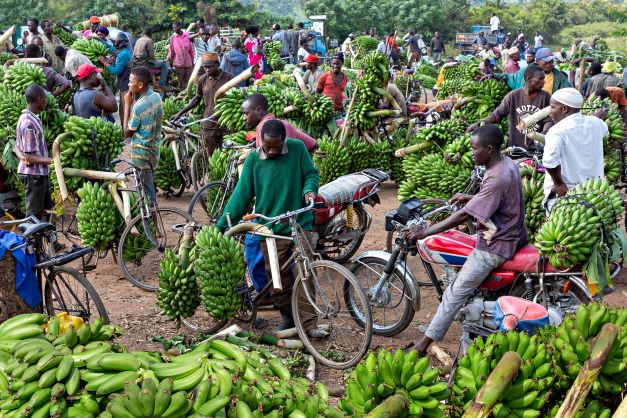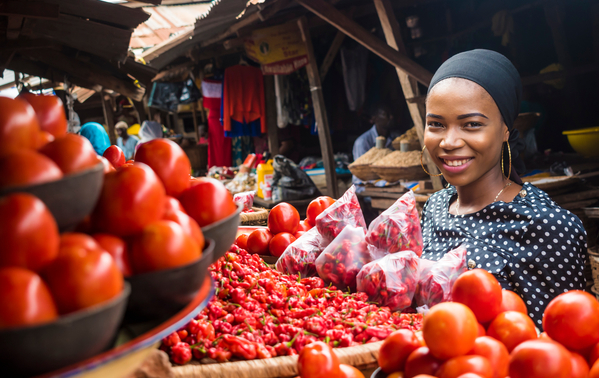IFPRI SEMINAR DSG
IFPRI Development Strategies and Governance Unit cordially invites you to the seminar they will be hosting on ’’The CAADP BR with an Outlook: A decision support tool for evaluating policy options to achieve target outcomes’’ on Friday, March 29, 2024, 9:00-10:30am EDT | 4:00-5:30pm EAT | 1:00-2:30pm GMT.
With only one more year to go before the Malabo Declaration expires in 2025, the recently released fourth Biennial Review (BR) report indicates that Africa’s performance in 2023 has strayed farther away from being on-track to achieve the targets of the Declaration, and none of the 49 countries that participated in the review is on on-track to achieve the targets. With the number of countries on-track having dwindled very fast over time, 20 in 2017, 4 in 2019, and only 1 in 2021, the question of how the BR results and data can be used in the design of policies and interventions to accelerate agricultural growth and transformation, reduce poverty and hunger, and improve nutrition and resilience of livelihoods has become even more urgent. Currently, there is no analysis or information in the BR report on what actions to take to reverse the declining trend or achieve a desired outcome, and how taking those actions may affect other outcomes. The 58 indicators tracked in the BR capture various components of the agricultural transformation pathways—including policies and interventions (e.g. government budget allocation and public programs), value chain decisions (e.g. input use, investment, and market participation), intermediate results (e.g. productivity, prices, and income), and outcomes (e.g. resilience, poverty, and nutrition)—that are interconnected and interact with each other. Thus, a change in one of the indicators will cause a change in others, including tradeoffs that may derive from conflicts of policy objectives. By analyzing and understanding these linkages, interactions, and tradeoffs within an agri-food system transformation framework, the policy reforms needed to achieve desired outcomes using the BR results could become more intuitive.
In this virtual seminar, Sam will discuss how the BR can be made more forward looking via a decision support tool (DST) that he is currently leading work on. Using a partial equilibrium simulation model that is developed in an Excel spreadsheet format, the DST is used to evaluate policy options by optimizing their potential to deliver on multiple outcomes of the Malabo Declaration at the country level. With the DST intended to be an online interactive user-friendly tool, the user will be able to simulate cost-effective policy changes to achieve a target outcome and see how other outcomes will change in response to those policy.



